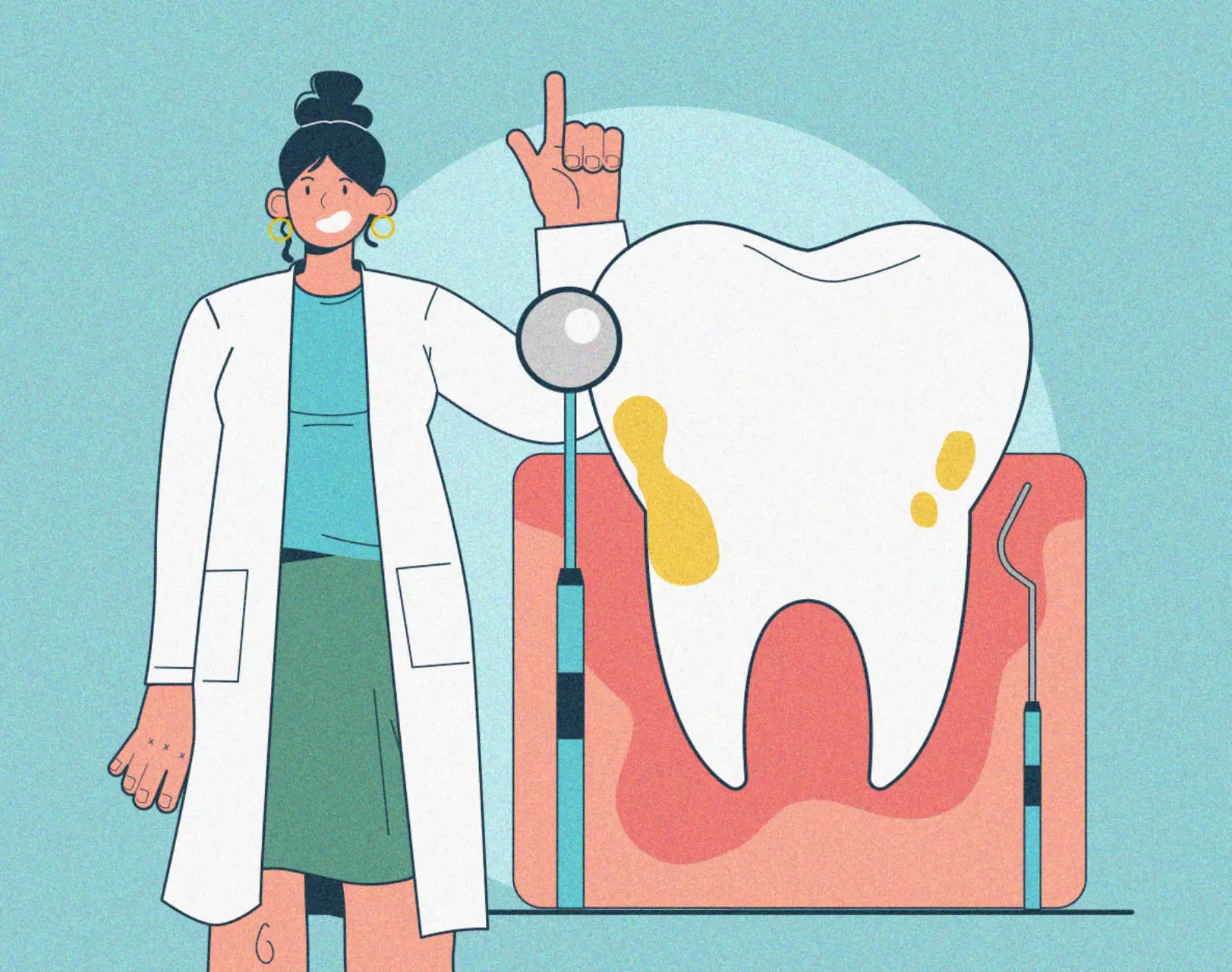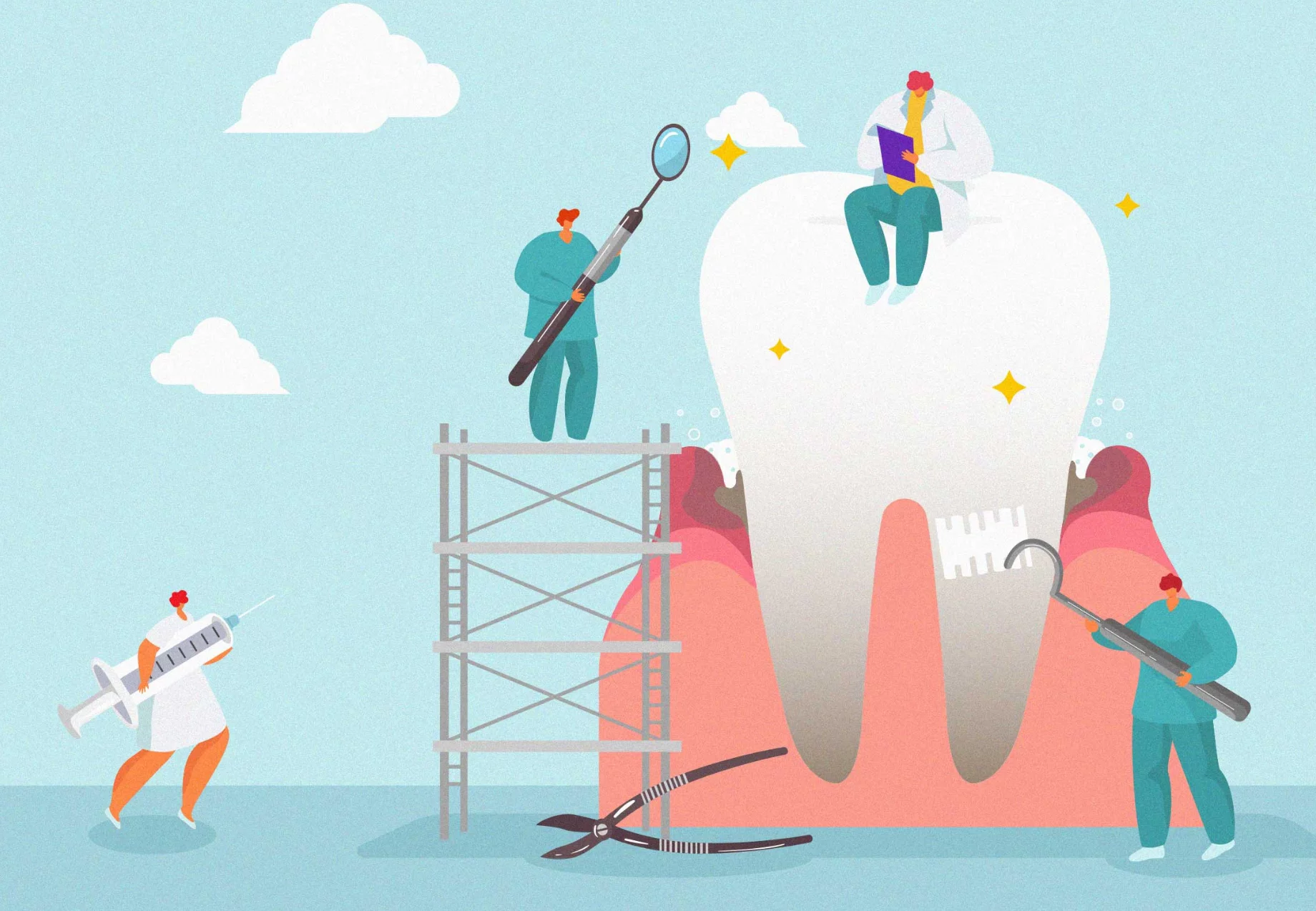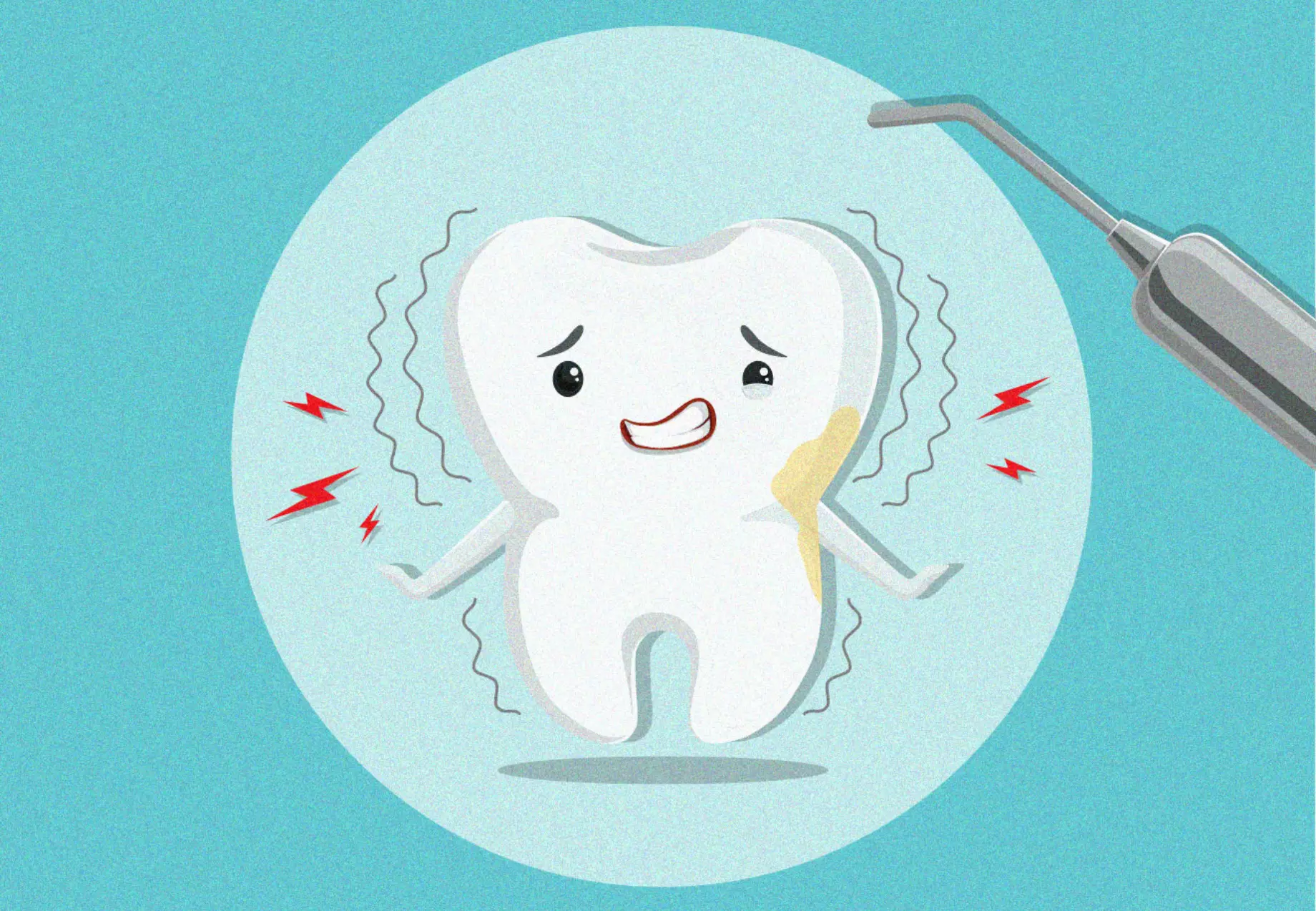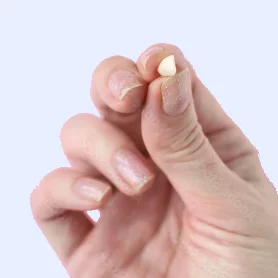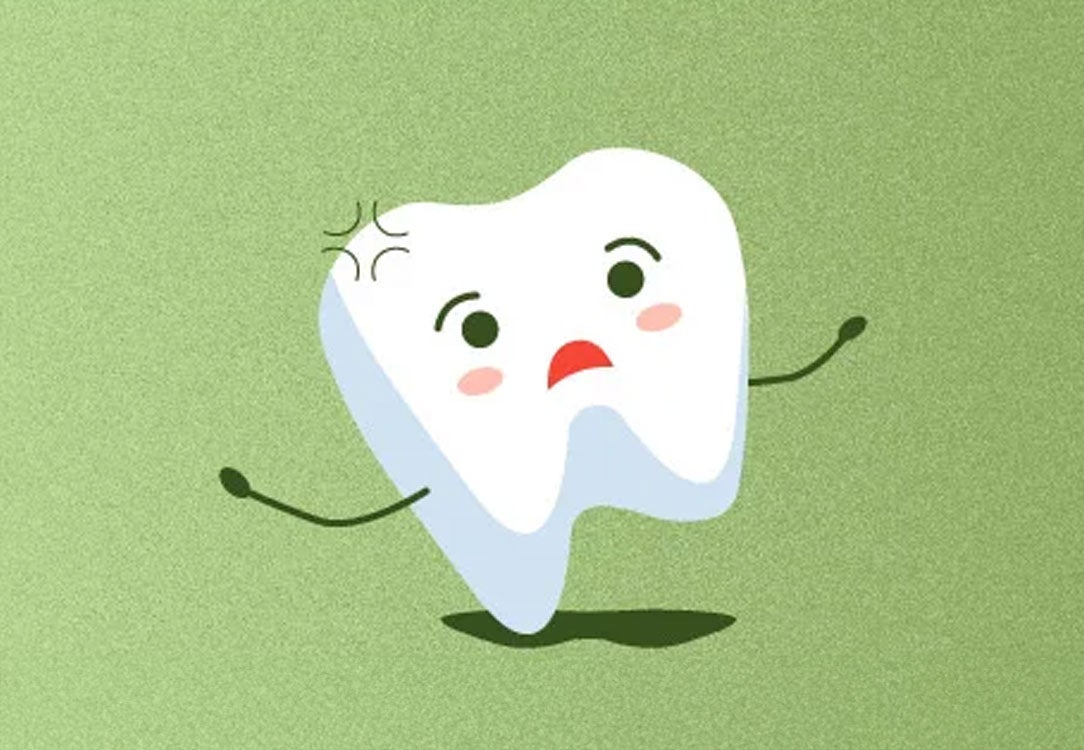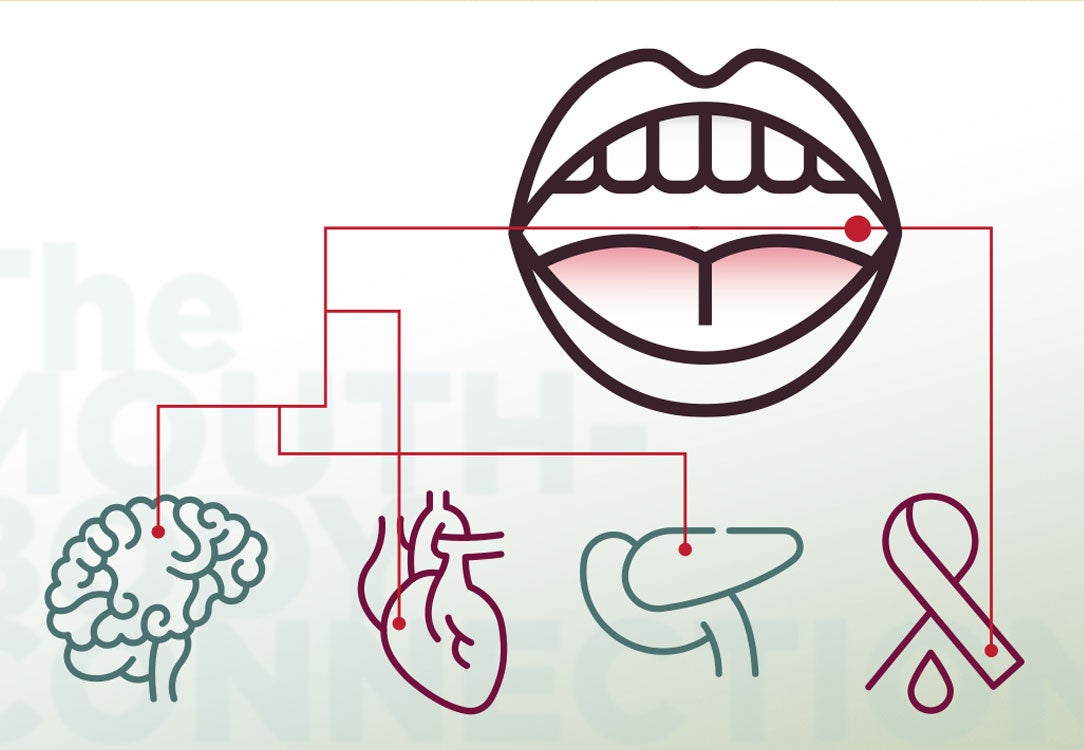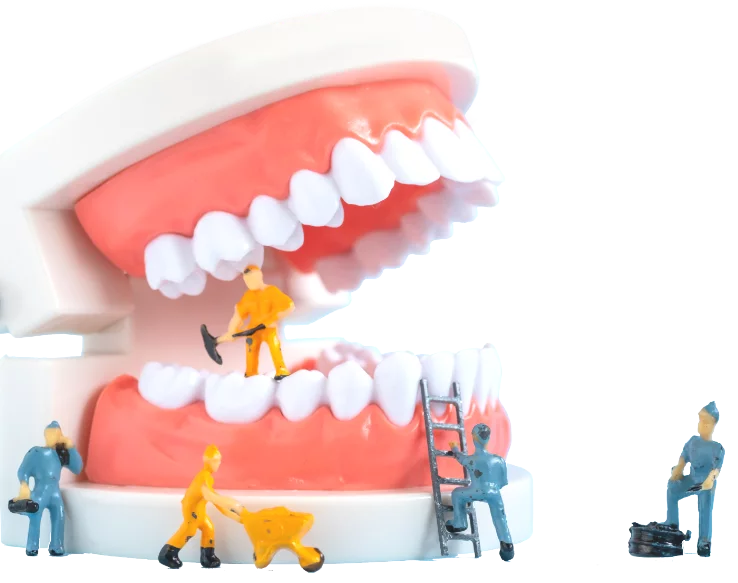How can we help?
The Benefits of Routine Teeth Scaling
Scaling and root planing effectively eliminates plaque, tarter, and bacteria from teeth and gums. The main benefit is its ability to prevent further progression of gum disease.



Book an Appointment Today
Some dentists offer scaling and root planing, and sometimes you’ll require a periodontist. Use our find a dentist tool to find a general dentist or periodontist near you.
Got questions?
No worries! Your scaling and root planing questions answered.
Scaling and root planing involve two main steps. Scaling includes removing plaque, tartar, and bacteria from tooth surfaces and beneath the gumline, while root planing focuses on cleaning and preventing additional buildup on the tooth roots. These procedures target gum disease and enhance overall oral health.
Children get a build-up of tartar on their baby teeth just like adults do, so regular dental cleanings for children are important. If your child has started to suffer from gum disease, your dentist may recommend teeth scaling to remove tartar below the gum line to help restore your child's gums. To help prevent the need for teeth scaling, make sure your child is brushing twice a day and flossing daily as part of their oral hygiene routine.
Scaling and root planing is a non-surgical, deep cleaning procedure aimed at combating gum disease. It involves the removal of plaque, tartar, and bacteria from tooth surfaces and below the gumline. This procedure is essential for preventing the further progression of gum disease and promoting healthier gums, reduced pocket depths, and improved oral hygiene.
Scaling and root planing may require multiple dental visits depending on the severity of gum disease and the amount of plaque and tartar that need removal. The length of time needed for the procedure depends on the extent of the work required. In cases of extensive work, the dentist may split the process into more than one appointment, working on different segments of the mouth.
Related Posts
Sources
American Dental Association. (n.d.). Scaling and Root Planing. https://www.mouthhealthy.org/en/az-topics/s/scaling-and-root-planing
Colgate. (n.d.). What Dentists Do When Root Planing and Scaling Teeth. https://www.colgate.com/en-us/oral-health/gum-disease/what-dentists-do-when-root-planing-and-scaling-teeth
Healthline. (n.d.). Teeth Scaling: Purpose, Procedure, and Potential Risks. https://www.healthline.com/health/dental-and-oral-health/teeth-scaling
NewMouth. (n.d.). Scaling and Root Planing: Deep Teeth Cleaning Procedure. https://www.newmouth.com/dentistry/specialties/periodontics/scaling-and-root-planing/


